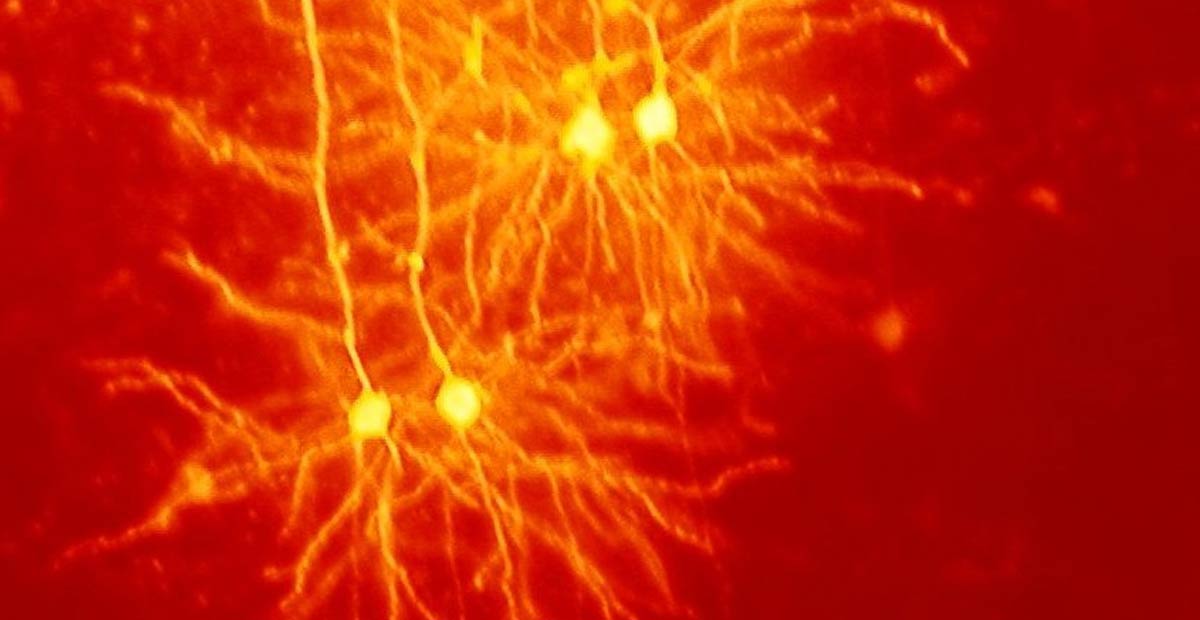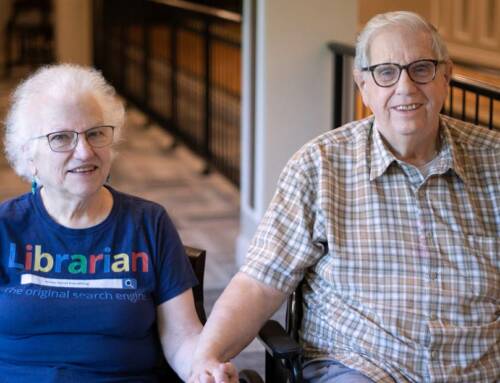
About the Author – This “Health Update” was written by J. Kenneth Brubaker, M.D., C.M.D., medical director at Masonic Village at Elizabethtown.
Essential tremor is the most common neurological disorder found in the older adult population. It affects between 1 and 5 percent of adults over 60 years of age and occurs with the same frequency among men and women. It is a slow progressive disorder which presents initially with involuntary movements during activities, but eventually will occur at rest.
A patient will commonly bring his or her concern of a tremor to the physician’s attention when the tremor progresses to the point where he or she is embarrassed eating with friends. The increased movement of the tremor commonly causes food to fall off the spoon while eating. Other common complaints with essential tremor include having difficulty threading a needle and writing neatly.
The term essential tremor is frequently referred to as intention tremor or benign familial tremor. Intention tremor is easy to appreciate since the name describes the type of tremor: a tremor that is worse with intentional movements of an upper extremity. This tremor usually manifests itself with activities such as eating. The name benign familial tremor describes the tremor as being hereditary. Often patients with essential tremor will inform their physician that tremors run in their families.
What is the underlying cause of essential tremor?
Familial forms of the tremor have been linked to regions of several chromosomes. To date, there is not appreciation of the underlying cause of the non-familial type of tremor. The only known risk factor for essential tremor is age. It is believed the tremor is due to abnormal communication between the cerebellum, thalamus and brain stem.
This neurological disorder presents with involuntary movements, usually of the hands and forearms. However, the shakiness can spread to other parts of the body such as the jaw, chin, tongue, legs, neck and head. The tremor is often slightly worse in one arm than in the other. The degree of shakiness is quite variable, and the tremor disappears when the arms are relaxed, such as sitting with the hands in the lap or when standing or walking with arms held at the side.
Essential tremor is usually worse with emotional stress, probably related to increased adrenaline secretion, which commonly occurs with anxiety and depression. Essential tremor is also exacerbated with increased physical activity. It is very similar to the tremor one may experience when doing very hard physical labor, especially in someone whose muscles aren’t accustomed to physical labor. Other contributing factors which can make this tremor worse include caffeine, cold weather and drugs such as lithium.
It is important to avoid confusing essential tremor with the tremor associated in Parkinson’s disease. One of the differentiating characteristics is the Parkinson’s disease tremor usually presents at rest and improves with activity, which is just the opposite of essential tremor. What can make it more confusing to the patient and physician is the fact that both tremors are worse with emotional and physical stress, and some Parkinson’s disease patients will also experience essential tremor.
Is there any effective treatment for this neurological condition?
There are medications recommended for treatment of essential tremor; however, most physicians will not recommend early treatment unless the tremor interferes with one’s quality of life. Medications may have adverse side effects which are more severe in older adults.
When appropriate, initial pharmacologic therapy includes drugs like atenolol and propranolol. This class of medications is relatively benign and is also used for hypertension and heart disease. Another class of medications to treat essential tremor includes primidone, gabapentin and topiramate. This group of medications is more commonly used for seizure disorders. The response to all of these drugs is variable, and the tremor is rarely reduced to the point of elimination. Of all medications mentioned, primidone and propranolol are considered first-line treatments.




